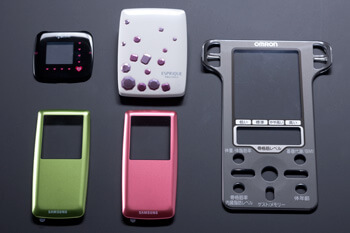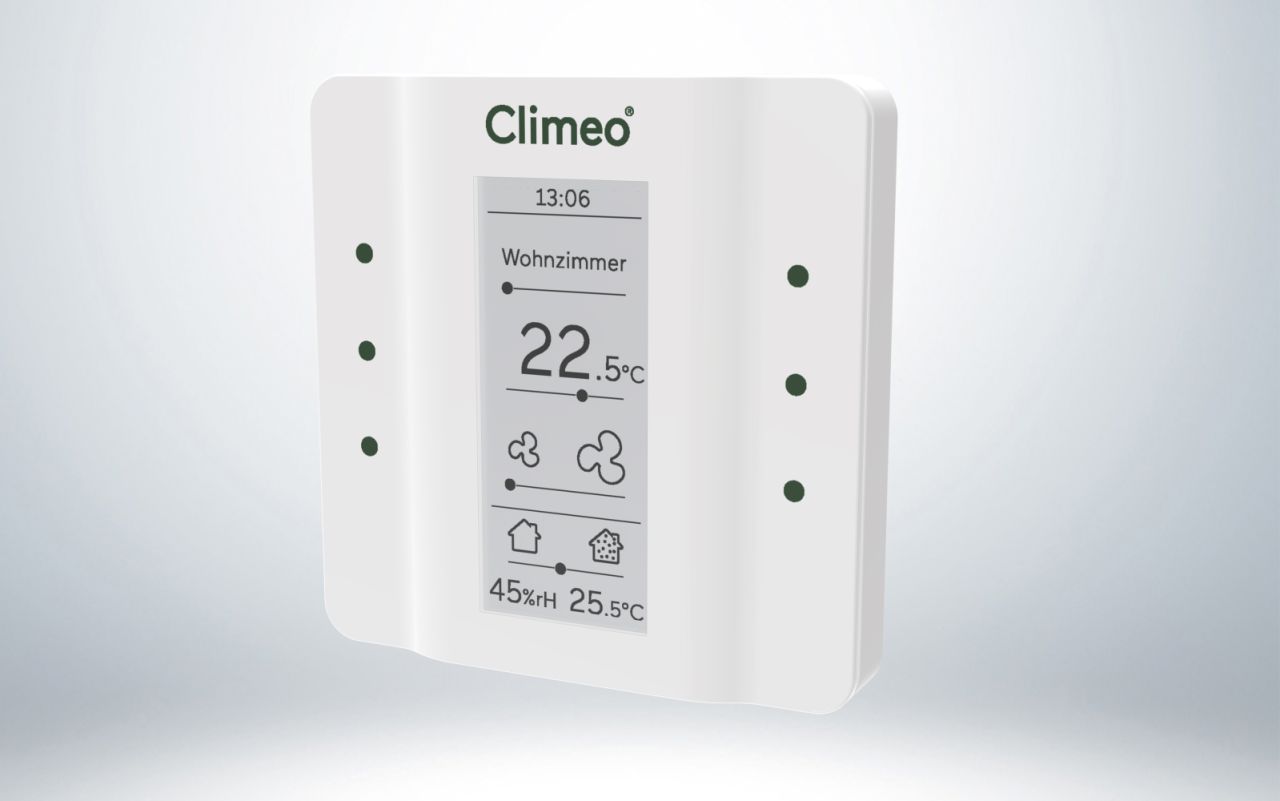Grasping In-Mold Decorations: Approaches, Trends, and Finest Practices for Ideal Outcomes
In the realm of manufacturing, the art of in-mold decorations stands as a crucial facet of item design and production. In-Mold Decorations. By diving into the methods, fads, and best methods that underpin effective in-mold design procedures, businesses can open a world of possibilities that not just boost the visual appeal of their products but also simplify manufacturing effectiveness and boost consumer interaction.
Material Option
Product selection is a critical element of grasping in-mold decors, as it directly impacts the high quality and durability of the last product. When picking materials for in-mold decorations, it is vital to consider elements such as compatibility with the molding process, the wanted aesthetic end result, and the ecological problems the product will certainly deal with.
Furthermore, the chosen material needs to have excellent bond buildings to make sure that the decor sticks securely to the substratum throughout the molding process. Adhesion in between the product and the decoration is vital for preventing delamination and guaranteeing lasting aesthetic allure. Additionally, materials with high warm resistance are favored for in-mold decors, especially for products that will certainly be exposed to elevated temperatures throughout their lifecycle. By thoroughly selecting the ideal product for in-mold decors, suppliers can improve the total top quality and durability of their products, fulfilling the expectations of both customers and end-users.
Layout Technology
A crucial factor in advancing the area of in-mold decorations is the continuous expedition and implementation of layout technology strategies. Design innovation plays a critical function in enhancing the visual appeal, performance, and overall quality of products manufactured utilizing in-mold design processes. By integrating ingenious design elements, makers can distinguish their items on the market, attract customers, and stay ahead of rivals.
Among the vital facets of layout innovation in in-mold designs is the assimilation of complex patterns, appearances, and graphics that were formerly challenging to attain with standard design techniques. Advanced modern technologies such as 3D printing and digital design tools allow designers to produce complex and comprehensive layouts that can be flawlessly moved onto molded parts. In addition, using vivid colors, metal finishes, and unique impacts like gloss or matte textures can even more boost the visual appeal of in-mold embellished products.
Moreover, layout technology prolongs beyond looks to incorporate useful enhancements such as ergonomic forms, incorporated functions, and adjustable aspects that deal with particular customer needs. By embracing layout development, producers can unlock brand-new possibilities for customization, product, and imagination differentiation in the affordable landscape of in-mold decors.
Production Performance
Efficient production processes are vital for equating the innovative designs established in the area of in-mold decors right into premium completed items that fulfill market needs and consumer expectations. In the realm of in-mold designs, production efficiency encompasses various crucial facets that add to the general success of the manufacturing process. One critical element is the optimization of mold design and tooling to guarantee accurate and smooth decor transfer onto the end product. By fine-tuning mold arrangements and purchasing premium tooling materials, manufacturers can enhance performance and consistency in manufacturing.
Automation not just increases the manufacturing procedure however additionally improves accuracy and repeatability, leading to a much more consistent and high-grade my link end item. Overall, an alternative strategy to manufacturing efficiency is paramount in making the most of the potential of in-mold decoration techniques and attaining optimal results in the competitive market landscape.
Quality Assurance Steps
What are the key strategies for guaranteeing rigorous quality assurance measures in the world of in-mold decorations? Quality control measures are critical in in-mold decor processes to make certain the production of high-grade and remarkable ended up products. One essential approach is the execution of strenuous evaluation procedures at every stage of the production procedure. This entails conducting comprehensive visual assessments, dimensional checks, and color consistency assessments to identify any type of inconsistencies or problems beforehand.
Making use of advanced technologies such as automated assessment systems can likewise improve the quality assurance procedure by providing dependable and accurate information for analysis. These systems can find blemishes that might be missed out on by hand-operated examinations, therefore improving total item quality and consistency.

Routine training and growth programs for employees associated with the in-mold decor process can likewise add to preserving premium criteria. By informing personnel on finest practices, quality expectations, and the significance of interest to detail, firms can promote a society of quality resource consciousness throughout the organization.
Customer Appeal
To improve the bankability of in-mold decoration items, comprehending and providing to customer preferences play an important role in determining their allure and success. Consumer allure in in-mold decors is affected by various aspects, consisting of design aesthetic appeals, shade options, toughness, and overall functionality. Consumers are increasingly seeking individualized and one-of-a-kind items that show their uniqueness and design. Supplying modification choices such as individualized designs, color variants, and textural elements can considerably enhance the allure of in-mold design products.

Final Thought
In-mold designs supply a functional and efficient method to boost item aesthetics. By very carefully selecting products, accepting innovative layouts, enhancing production procedures, carrying out quality assurance steps, and focusing on customer charm, manufacturers can accomplish optimum outcomes. It is critical for firms to continuously adjust and improve their strategies to stay affordable in the marketplace. In-Mold Decorations. Mastering in-mold decorations needs an all natural strategy that takes into consideration all aspects of the manufacturing procedure to make certain success.
helpful resources
In the world of production, the art of in-mold designs stands as a pivotal element of item design and production. Style development plays a critical role in boosting the aesthetic charm, capability, and total quality of products produced utilizing in-mold decoration procedures.One of the essential elements of layout development in in-mold decorations is the assimilation of intricate patterns, structures, and graphics that were formerly testing to attain with traditional decoration methods.Efficient production processes are essential for equating the cutting-edge layouts established in the field of in-mold decors into high-quality completed items that satisfy market demands and customer expectations. Using modification choices such as personalized designs, shade variations, and textural elements can substantially enhance the appeal of in-mold design products.